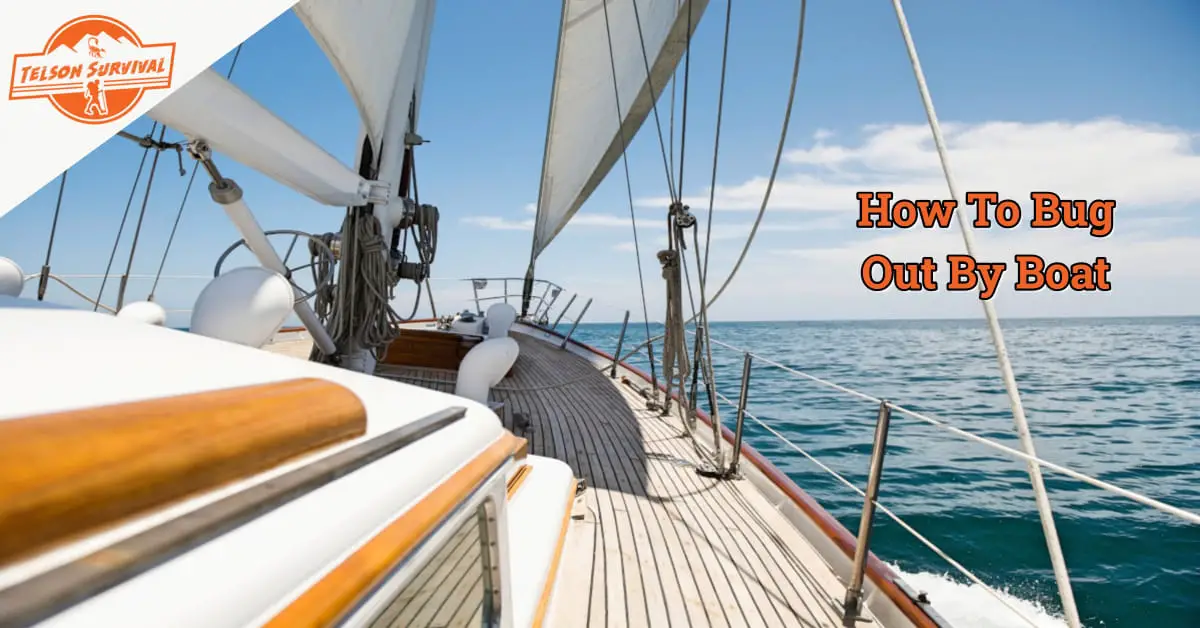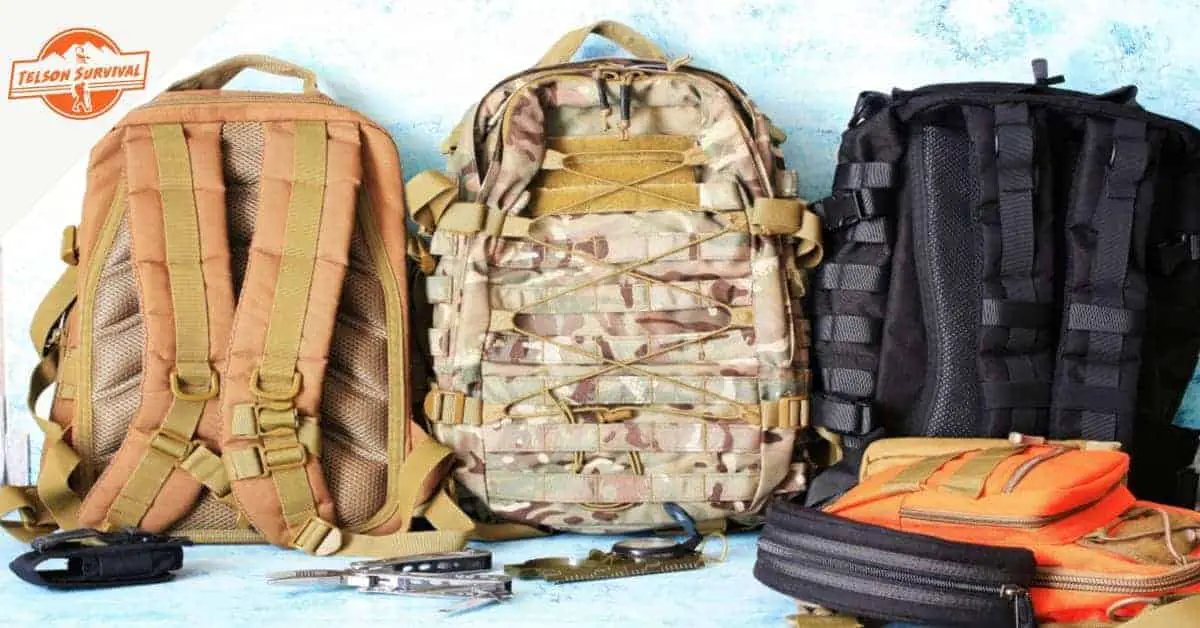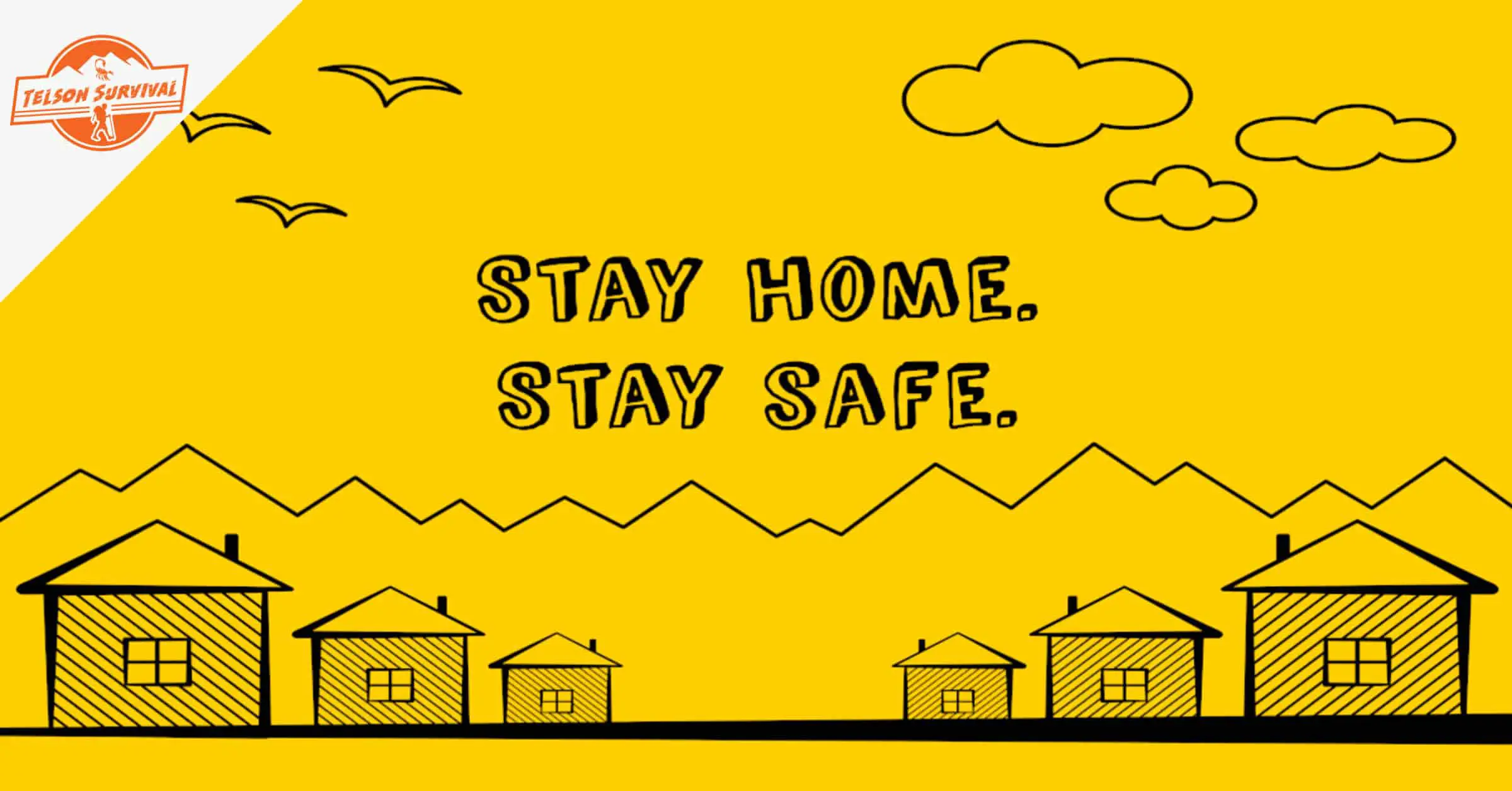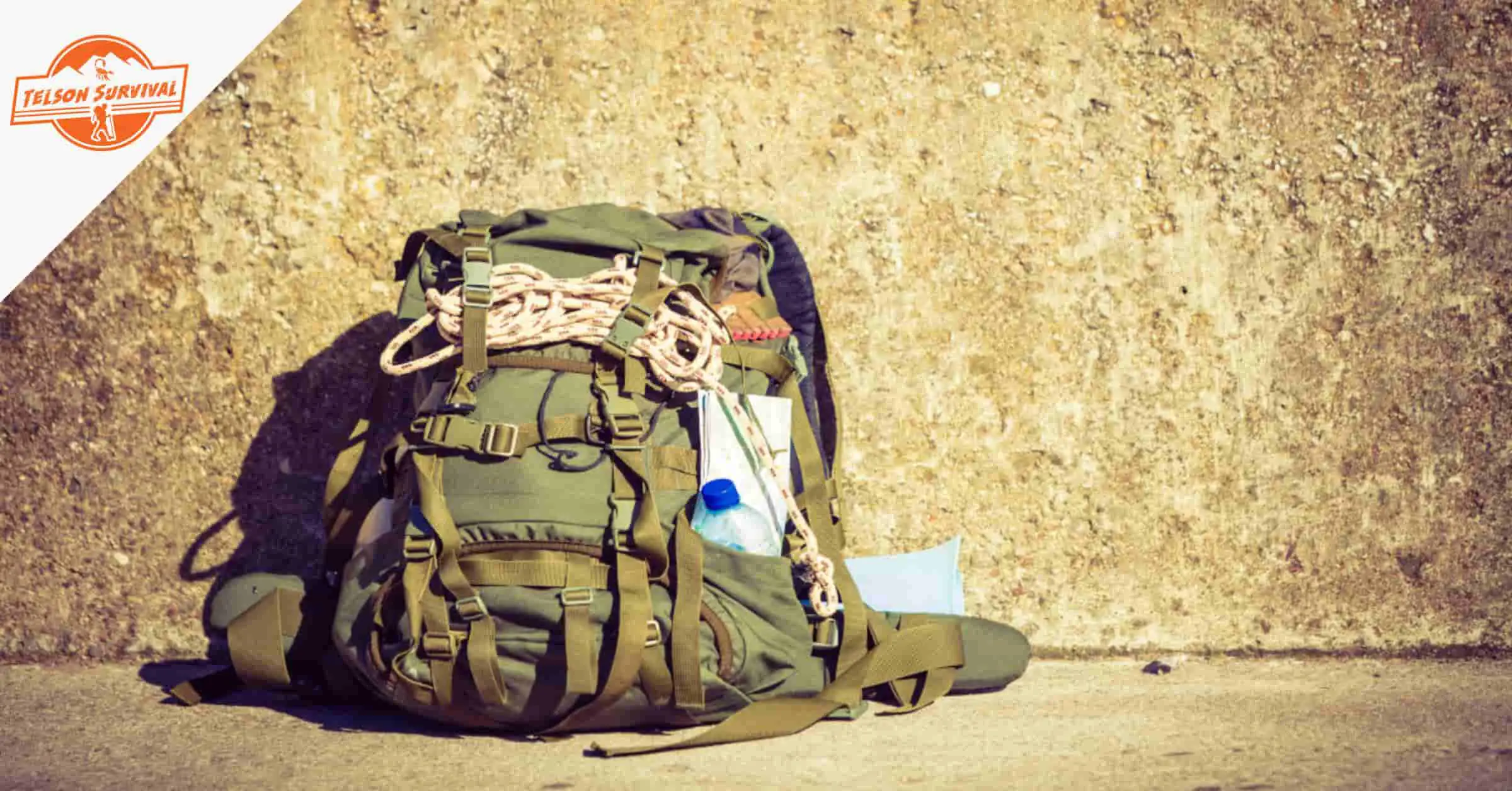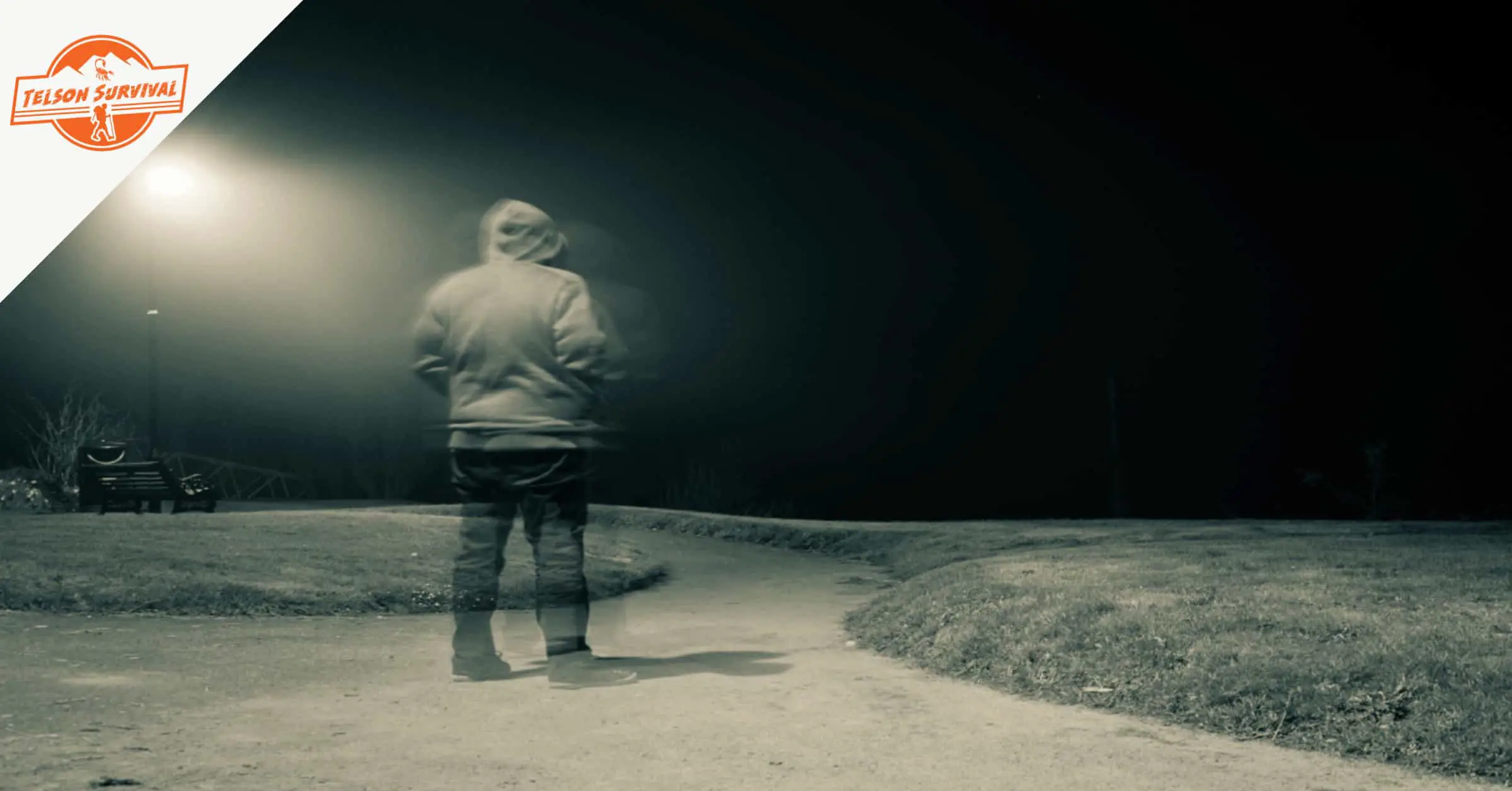So, you've finally chosen a bug-out vehicle. After all the pros/cons lists, comparisons, YouTube and Reddit reviews, and all other due diligence, you’ve decided to get yourself a survival boat. Only one question remains: what now?
That is precisely what we will be discussing here. We will touch on the importance of boat survivalism, adequately preparing your vessel and other key need-to-know gems about life on the water. When SHTF you'll be glad you stumbled upon this guide. Let’s begin!
Operating and maintaining a survival boat requires a thorough understanding of the boat’s mechanics, your supply and survival gear needs, as well as the potential risks and threats posed by environments you will encounter. Owners must also be aware of the costs involved with a survival boat, including maintenance, insurance, and part replacements.
The importance of a survival boat for preppers
The idea of abandoning solid ground and living on a boat indefinitely is something that most people hardly think about. For those who do, the prospect is as fascinating as it is daunting. Could you really go that far off-grid?
When SHTF, you might need to. Whether it's a natural disaster, an outbreak, war, or zombies (seriously), heading off to the water might be the safest bet. Most preppers favor big trucks, SUVs, or even RVs as ultimate bug-out rides, but boats are very well placed to give these options a run for their money in a number of key areas.
Storage and people-carrying
The first of these areas is storage and people carrying. While cars, trucks, and motorhomes can offer more storage than your basic bass boat or kayak, it is a different story when it comes to larger cabin cruisers, yachts, or boathouses. The bigger the boat, the more people and cargo it can accommodate…and there are some really big boats.
Livable boats have sleep cabins and several lounging areas on the deck. In fair weather, some of these outdoor lounge facilities can be used for sleep. These boats tend to have plenty of storage facilities. These range from cupboards, cabinets, closets, stowage bays, and other compartments. Some high-end yachts even have entire rooms dedicated to storage.
More storage means more room for supplies, tools, weapons, clothing, bedding, and anything else you might need in an emergency. You also need stores of food and drinking water to keep your strength up out there.
Range of movement and fuel efficiency
Range of mobility is another key area to think about. While a lot of land vehicles can go off-road, they are best used on roads. Boats are only restricted by the size of the water body they're on. Cars and trucks may have a greater range of mobility than boats on small inland lakes and rivers, but it's a different story when we compare them with oceanic boats.
Another important element to ponder when discussing bug-out vehicles is fuel and fuel efficiency. It is well known that powerboats are unapologetic gas guzzlers at the best of times. Even the thirstiest cars are more efficient. However, it’s also another story when we bring sailboats and motorsailers into the conversation.
Naturally, sailboats rely on wind for propulsion and motorsailers rely on both wind and an engine. Both boat types present significantly fewer fuel headaches than pure powerboats. Modern boat builders are also taking baby steps towards hybrid and electric propulsion systems, but it will be quite a while until those are widely available.
Tactical
The great thing about boats is that they are not easy for intruders or looters to access. The only way to get to a boat in the middle of a deep body of water is to use another boat or watercraft. This is very difficult, even in the dead of night, which is good news for boat owners. You can (usually) spot threats from a fair distance away if you’re aboard a boat.
You can beef up security by installing a radar system, to pick up any abnormal splashes in your immediate vicinity. Your enemies will rely on the element of surprise not knowing that it is they who are in for a shock.
When you're on open water, there are very few places to hide. Pirates are a real threat, and you can expect their numbers to increase once SHTF. A survival boat could offer a great vantage point for defensive shooting if the worst came to the worst. Also, dropping a smoke grenade on ascending pirates could prove to be epic.
Sailboats, in particular, are pretty quiet, which could help with sneaking past certain danger zones.
Communication and signaling
Much like in relationships, communication is key to survival. Preppers who are in love with the idea of staying alive understand the importance of seeking assistance when things go awry. Tools like VHF radio or satellite internet are just a few of the ways to stay in touch with any emergency responders or fellow survivalists.
An extension to the communication theme is signaling. Signals such as flares and beacons all have their universally accepted meanings. Most of these signaling tools are used to initiate a rescue effort of some kind. These are absolute must-haves.
A boat’s sails and flags can indicate your friendliness as you approach strange ships or survivor settlements. The last thing you want is to be peppered with bullets under false assumptions. Remember, it is very possible that you might be mistaken for a pirate.
Navigation
A good survival boat must have navigation tools. This is especially true for ocean voyagers, although these tools can also prove useful when traveling along long rivers. These navigation tools can range from traditional paper maps and compasses to modern GPS and digital course correction.
Repairability
Like all other vehicles, your survival boat must be somewhat DIY-repair friendly. If you are cut off from manufacturer support and are unable to reach a trusted mechanic, you will have to tend to the boat yourself. This will require you to have some understanding of the boat’s workings.
Livability
For this article, a "survival boat" is one that also offers livability. Livability essentially means shelter and amenities. Bugging out is certainly a stressful thing to do, especially for those who are new to survivalism. Therefore, a boat that can offer some familiar home comforts is most welcome.
These amenities can range from simple kitchenettes to full-sized swimming pools and hot tubs. It all depends on the boat's size (and price range). Ideally, you want a boat with cooking, lounging, toilet, and showering facilities at the very least.
How to prepare your bug out boat for emergencies
Once you have your boat, you must follow a few steps to prepare it for an emergency. Of course, depending on a few factors, some of these steps may be more relevant than others.
The first thing you need to do is carry out a full inspection of the boat. Even if you are equipping yourself to be the best DIY repair person of all time, it is always best to seek prevention rather than cure and nip potential problems before they become real problems.
Inspection is especially important for used boats, although you might want to inspect new boats too in case of transit damage.
The second thing you need to do is stock up on some key spare parts. It is impossible to keep an entire spare boat, so focus on parts that would be hardest to find if supply chains and manufacturers were to shut down. Small electronic parts, sails, nuts, and bolts, etc.
You also want to find as much boat maintenance literature as possible. This is especially true if you are new to boating and sailing. Even experienced boaters don’t know everything that might go wrong with their vessels. There are excellent books that cater to a wide range of issues with all classes of watercraft.
The next thing you should do is begin stocking up your food reserves. This can be dry foods, canned foods, and other non-perishables. If your boat has a refrigerator or freezer, you can even get perishable foodstuffs like meat and dairy. Water is a key resource as well, and you should stock up on several drinking bottles.
Your paint job might also be a concern. Try to keep your boat as non-descript and low-key as possible to avoid attracting trouble. Of course, for the luxurious boats, this might not be possible at times. It’s always better to avoid the pirates altogether…prevention is better than cure.
Next is lighting. Boating in the night time can be made easier with specialized floodlights. Some species of fish are nocturnal, so the hungry survivalist will need adequate lighting. Mast fog lights are also good for low visibility conditions.
Your utilities must also be in tip-top shape. Pay attention to your energy needs and set up a power system that can cater to them. Solar and wind power are the top choices, or you can even get a combination of both. The same thing goes for your plumbing.
Finally, you will need various bits of survival gear for you, your companions, and the boat itself. We'll discuss these in-depth shortly.
The best survival gear to keep in your prepper boat
After laying the groundwork for getting your boat ready for dystopic waters, you must equip it, and yourself, with essential survival gear. This includes tools, gadgets, clothing, and many other resources that can make a difference in life-or-death scenarios.
Naturally, every prepper must have his or her own bug-out bag. This is the ultimate survival resource because it is the one thing you must take with you if you ever have to abandon ship. The boat bug out bag will consist of:
- Quick tools (Swiss Army Knife, screwdrivers, crowbar)
- Weapons (i.e., knife, firearms)
- Sleeping bag
- Personal documents
- Cash
- Change of clothes
- Signal flare kit
- Personal devices (laptop, walkie-talkie)
- Food and water rations
- Medical/ First Aid kits
- Sewing kit
- Whistle
- Smoke grenades
- Pepper Spray
The next thing you need to address is your radio and comms setup. This isn’t a problem with modern boats, especially ocean voyagers. However, sometimes older boats might have outdated systems. In such cases, make sure you get things like VHF radio, radar, and satellite internet. You might also want two-way radios or cellphones for when your crew returns to shore for supplies.
Last update on 2024-11-30 / Affiliate Links / Images from Amazon Product Advertising API
Life on a boat is unfiltered exposure to the elements, however brutal they may be. As a result, you will need personal protection. This includes:
Sleeping bags are also a good idea. Some members of your party or crew can use these to sleep on deck or other lounge areas if there is limited sleep cabin space. Just make sure you get the waterproof variety!
Fishing gear is an obvious one. Constant access to fish is probably the biggest perk of life on the water. Fishing is significantly easier than hunting, especially for former city slickers unused to living off the land.
Last update on 2024-11-30 / Affiliate Links / Images from Amazon Product Advertising API
You also need food preparation and preservation tools. One such example is desalination gear that removes salt from seawater to make it drinkable. You also need a portable stove if your boat doesn’t have a kitchenette. A portable refrigerator / freezer is also useful for preserving your perishables. Cooler boxes wouldn’t hurt either.
Storage can also be stepped up, even if it’s just a little. Storage boxes are useful for ensuring that certain valuables do not get exposed to water, even if the boat gets flooded.
Speaking of flooding, you should invest in a bilge pump. These devices are used for clearing water if the boat gets flooded. Needless to say, excess water in the boat is never good.
You also want to keep a collection of boat repair tools and maintenance supplies. Tools include wrenches, screwdrivers, pliers, etc. Your maintenance supplies are things like rope, zip ties, and extra bolts/nuts.
No products found.
Of course, no survival boat checklist is complete without talking about emergency response gear. Here were talking about your life jackets, life rafts, safety beacons, flare guns, and a ditch kit. A ditch kit is a collection of “abandon ship” items like flashlights, air horns, whistles, essential medication, and more.
No products found.
To be honest, there is no end to the gear you can use on a boat. Some boats are better equipped than others in terms of built-in amenities and features. Your surroundings and climate will also influence the kind of gear you and your boat will need.
Costs of maintenance for your bug out boat
There’s no way around this…boat ownership is expensive, even if you exclude the massive cost of purchasing and insuring one. However, for this section, we’ll focus on the cost of maintaining your survival boat. Just like with cars, maintenance costs can vary from boat to boat.
If your boat uses an engine, it will need to be maintained and serviced every so often. This includes flushing the engine, oil changes, sink replacements. Diesel engines, in particular, are notorious for fuel filter problems and often require flushing to get rid of air bubbles. You will need to change coolant, replace gaskets, and check the integrity of your bolts.
The hull is another area of massive concern when we are talking about boat maintenance. Over time, the hull gets scraped and scratched, which can facilitate rusting and other forms of corrosion. The hull's bottom must always be painted to prevent sea debris and barnacles from clinging to your boat.
Next, you must maintain the boat’s electrical systems and plumbing. Solar panels, wiring, batteries, and other electrical components can (and will) fail over time, so you should factor these costs in, or become something of an electrician. Your blackwater and garbage disposal systems could also run amok, so be prepared.
Sail replacement is also an eventuality for any sailboat. Try to keep an extra set of sails on board in case you have problems in the middle of the ocean or something.
Storage of the boat is another maintenance issue. Whether you take your boat home with a trailer, keep it at a boat storage facility, or leave it docked in a marina, there are costs involved.
How to include a prepper boat in your emergency plan
There are several ways to include a boat in your emergency plan. However, all of them involve the boat being ready to head out to the water at any given moment.
Ultimately, the best way to include your boat in any bug-out plan is to have it ready (stocked with all your supplies and gear) and waiting for you in a marina or lake/ river dock. Some people are even prepared to sell their homes and move into their docked boat before SHTF.
If you live near the coast, an oceanic boat is the best decision for you. When SHTF, you can use a secondary vehicle to quickly get to your boat, lift anchor, and set off.
You can also do the same if you reside near an inland river or lake. If your boat is not too heavy, you could tow it to the desired water body. If the vessel is in a storage facility, you can arrange to have it delivered to the dock of your choice.
Bugging Out By Boat Conclusions
Life on a boat is certainly not easy, but it can be indescribably rewarding if done right.
This guide can serve as a framework for what you should look out for but, ultimately, the experience itself will prove to be the best teacher. Happy sailing.

